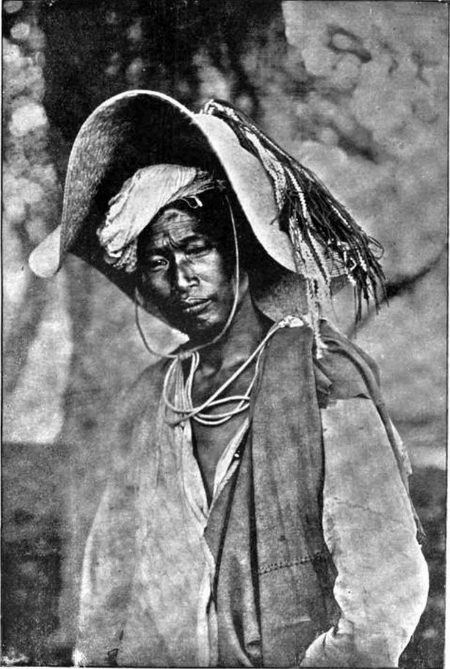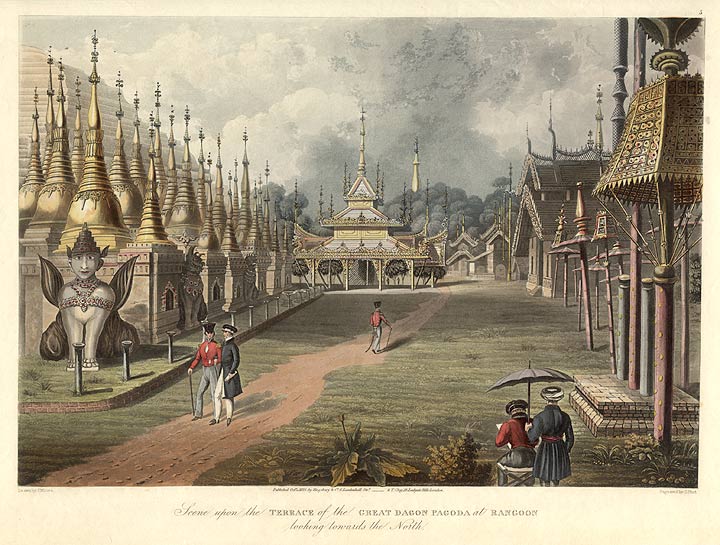|
Hsamönghkam State
Hsamönghkam (also known as Thamaingkan) was a Shan state in the Myelat region of Burma. Its capital was Aungpan. Hsamönghkam was established before 1700 CE. During the 18th and 19th centuries it was a tributary of Burma. In 1886, following the fall of the Konbaung dynasty, it submitted to British rule. It became a part of the unified Shan State Shan State (, ; , ) is a administrative divisions of Myanmar, state of Myanmar. Shan State borders China (Yunnan) to the north, Laos (Louang Namtha Province, Louang Namtha and Bokeo Provinces) to the east, and Thailand (Chiang Rai Province, Chia ... within Burma in 1947. Sao Htun Aye, The last ''myosa'' of Hsamönghkam, abdicated and surrendered his powers to the Burmese government on 29 April 1959. References * External links"Gazetteer of Upper Burma and the Shan states" [...More Info...] [...Related Items...] OR: [Wikipedia] [Google] [Baidu] |
Shan State
Shan State (, ; , ) is a administrative divisions of Myanmar, state of Myanmar. Shan State borders China (Yunnan) to the north, Laos (Louang Namtha Province, Louang Namtha and Bokeo Provinces) to the east, and Thailand (Chiang Rai Province, Chiang Rai, Chiang Mai Province, Chiang Mai and Mae Hong Son Provinces) to the south, and five administrative divisions of Myanmar in the west (Kachin State, Mandalay Region, Kayin State, Kayah State, and Sagaing Region). The largest of the 14 administrative divisions by land area, Shan State covers 155,800 km2, almost a quarter of the total area of Myanmar. The state gets its name from the Burmese name for the Tai peoples: "Shan people". The Tai (Shan) constitute the majority among several ethnic groups that inhabit the area. Shan State is largely rural, with only three cities of significant size: Lashio, Kengtung, and the capital, Taunggyi. Taunggyi is northeast of the nation's capital Naypyitaw. The Shan state, with many ethnic groups ... [...More Info...] [...Related Items...] OR: [Wikipedia] [Google] [Baidu] |
Myelat
Myelat () is a historical region of the southwestern Shan State of Myanmar. Originally this region included some of the smaller states typically ruled by " Myosas" (chief of town) or "Ngwegunhmus" (silver revenue chief), buffering the plains of Burma and the ethnic Shan states further east. The term "Myelat" is still in common use today, although the old political and administrative distinctions no longer apply. Geography The area is hemmed in on the north by the state of Lawksawk, on the east by the states of Yawnghwe, Wanyin and Hsatung, and on the south by Mong Pai. In 1897, the population was recorded as 107,500, the majority being of the Taungthu or Pa-O (42,933), followed by Danu (29,713), Taungyo (13,906), Shan (6,572), and a smaller number of other ethnic groups. The name ''Myelat'' could be interpreted as "unoccupied land" in Burmese, however the land has been populated for quite some time. The name could also be interpreted as "middle earth", implying a buffer zon ... [...More Info...] [...Related Items...] OR: [Wikipedia] [Google] [Baidu] |
Burma
Myanmar, officially the Republic of the Union of Myanmar; and also referred to as Burma (the official English name until 1989), is a country in northwest Southeast Asia. It is the largest country by area in Mainland Southeast Asia and has a population of about 55 million. It is bordered by India and Bangladesh to its northwest, China to its northeast, Laos and Thailand to its east and southeast, and the Andaman Sea and the Bay of Bengal to its south and southwest. The country's capital city is Naypyidaw, and its largest city is Yangon (formerly Rangoon). Early civilisations in the area included the Tibeto-Burman-speaking Pyu city-states in Upper Myanmar and the Mon kingdoms in Lower Myanmar. In the 9th century, the Bamar people entered the upper Irrawaddy valley, and following the establishment of the Pagan Kingdom in the 1050s, the Burmese language and culture and Theravada Buddhism slowly became dominant in the country. The Pagan Kingdom fell to Mongol invas ... [...More Info...] [...Related Items...] OR: [Wikipedia] [Google] [Baidu] |
Aungban
Aungban () () is a prominent trading town in the southern Shan State of Myanmar. Aungban plays a vital role in the national agricultural supply chain, distributing produce to various regions across the country. It is located in Kalaw Township which is part of Kalaw District. It lies on the Thazi- Kyaingtong road at an elevation of above sea level. As of March 2023, the town had a recorded population of 30,982. Due to its strategic location in agricultural villages, Aungban functions as a key junction town. Local traders collect a wide variety of agricultural products; mainly potato, garlic, ginger, cabbage, tomato, cauliflower, avocado, orange, and tea-leaves, from nearby towns and villages and distribute to other parts of the country, especially Yangon, Mandalay, Naypyitaw, Nyaung U, Tachileik, Kayin and Mon. The town's significance dates back to the colonial era, with its railway system playing a crucial role in transporting agricultural produce, notably potatoes, which ... [...More Info...] [...Related Items...] OR: [Wikipedia] [Google] [Baidu] |
Konbaung Dynasty
The Konbaung dynasty (), also known as the Third Burmese Empire (တတိယမြန်မာနိုင်ငံတော်), was the last dynasty that ruled Burma from 1752 to 1885. It created the second-largest empire in history of Myanmar, Burmese history and continued the administrative reforms begun by the Toungoo dynasty, laying the foundations of the modern state of Burma. The reforms, however, proved insufficient to stem the advance of the British Empire, who defeated the Burmese in all three Anglo-Burmese Wars over a six-decade span (1824–1885) and ended the millennium-old Burmese monarchy in 1885. Pretenders to the dynasty claim descent from Myat Phaya Lat, one of Thibaw's daughters. An expansionist dynasty, the Konbaung kings waged campaigns against the Mizo Chieftainship, Lushai Hills, Möng Mao, Manipur, Assam, Kingdom of Mrauk U, Arakan, the Mon people, Mon kingdom of Restored Hanthawaddy Kingdom, Pegu, Siam, and the Qing dynasty of China—thus establis ... [...More Info...] [...Related Items...] OR: [Wikipedia] [Google] [Baidu] |
Shan State
Shan State (, ; , ) is a administrative divisions of Myanmar, state of Myanmar. Shan State borders China (Yunnan) to the north, Laos (Louang Namtha Province, Louang Namtha and Bokeo Provinces) to the east, and Thailand (Chiang Rai Province, Chiang Rai, Chiang Mai Province, Chiang Mai and Mae Hong Son Provinces) to the south, and five administrative divisions of Myanmar in the west (Kachin State, Mandalay Region, Kayin State, Kayah State, and Sagaing Region). The largest of the 14 administrative divisions by land area, Shan State covers 155,800 km2, almost a quarter of the total area of Myanmar. The state gets its name from the Burmese name for the Tai peoples: "Shan people". The Tai (Shan) constitute the majority among several ethnic groups that inhabit the area. Shan State is largely rural, with only three cities of significant size: Lashio, Kengtung, and the capital, Taunggyi. Taunggyi is northeast of the nation's capital Naypyitaw. The Shan state, with many ethnic groups ... [...More Info...] [...Related Items...] OR: [Wikipedia] [Google] [Baidu] |



